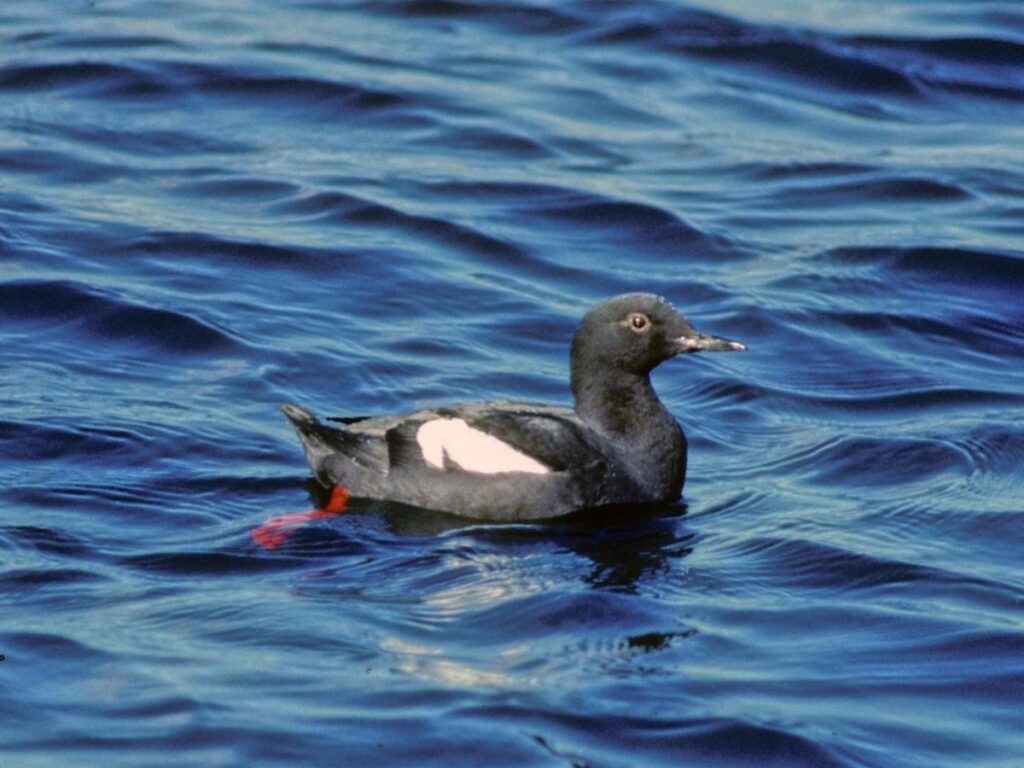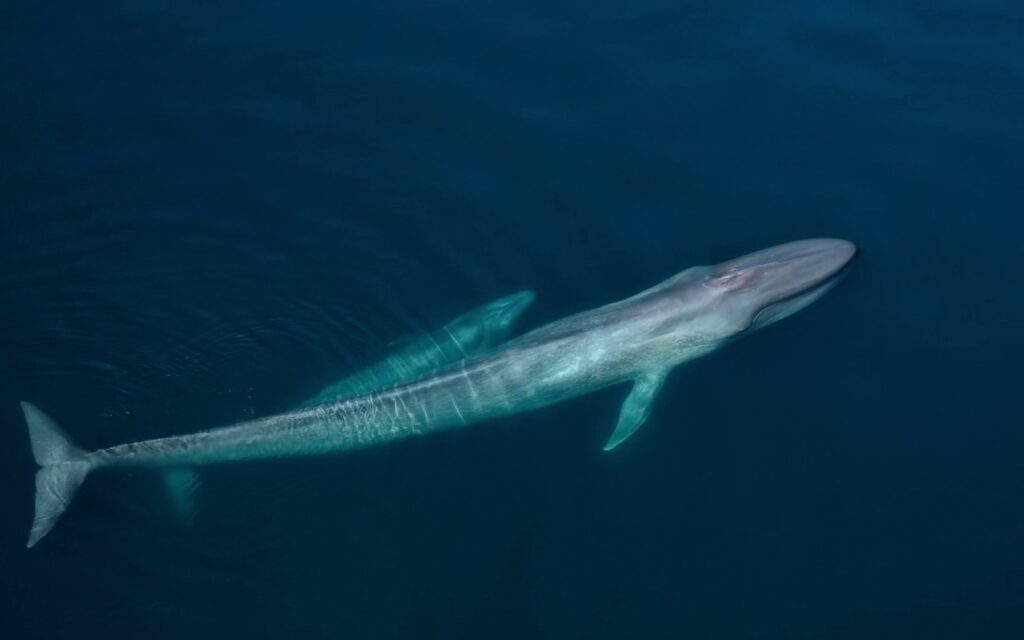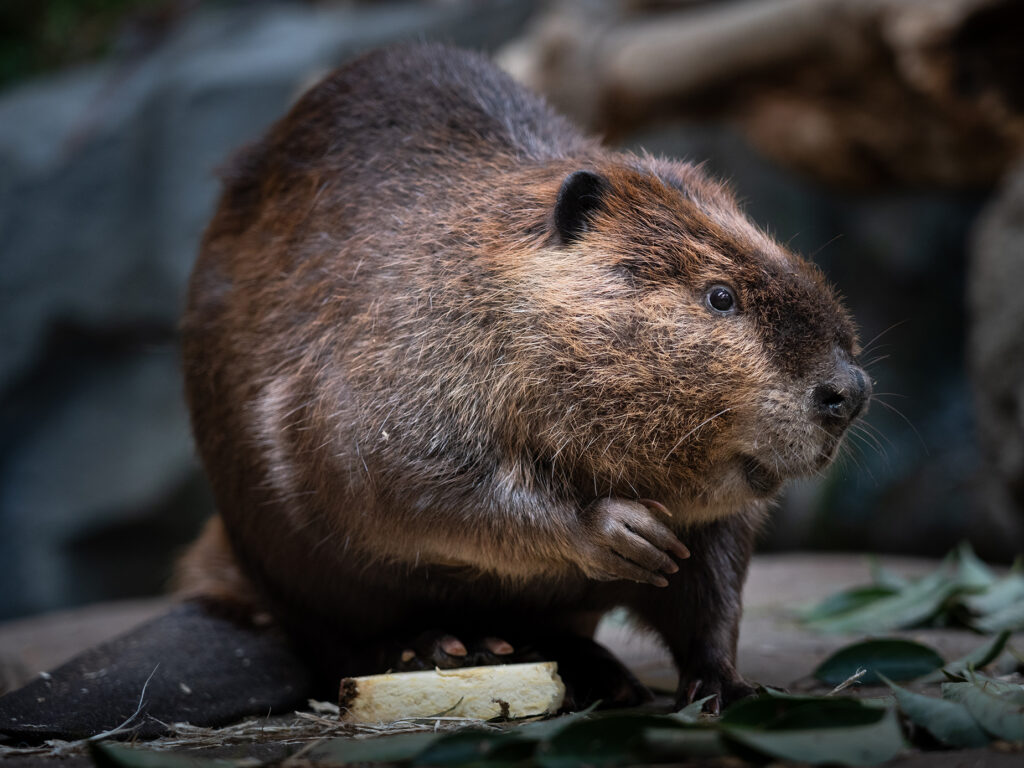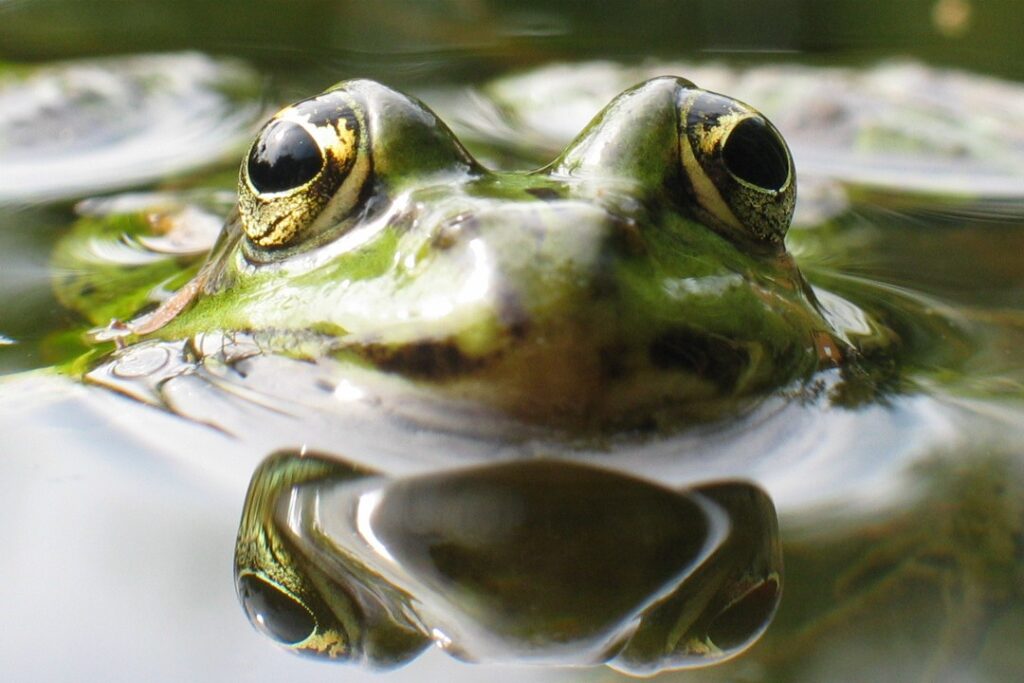Pigeon Guillemots
Author
Posted
Share


Pigeon Guillemots, known as PIGU, are charismatic seabirds that are true gems of the marine ecosystem!
These birds have sleek black feathers and vibrant red legs, making them quite eye-catching.In fall, the adult guillemots molt into a more subdued plumage, a mixture of black and white.
They’re also impressive divers as they plunge into the ocean, using their strong wings to navigate underwater like mini torpedoes. Their exceptional diving skills allow them to feast on delectable ocean treats, from small fish like herring and sand lance to tasty crustaceans.
Mated individuals engage in “billing” behavior, touching beaks and exchanging tender moments. It’s their way of strengthening their bond and showing affection. How sweet is that?
PIGUs are fascinating to observe throughout the breeding season. They form monogamous pairs and nest in crevices or burrows along rocky cliffs. These nesting sites are like exclusive beachfront properties, offering protection and safety for their precious eggs and chicks. During this time, the adult PIGUs showcase their parenting skills, taking turns incubating the eggs and providing meals for their hungry offspring.

Related Posts
Blue Whales
A Mysterious Sighting In late June of 2025, marine biologist Carrie Newell witnessed a rare…
The North American Beaver
Who’s our long-in-the-tooth friend who lives down by the river? Of course, it’s Oregon’s state…
Importance of Clean Water for Amphibians
This post is part of our collaboration with Portland State University and Dr. Alida Cantor’s…




